Affiliate links on Android Authority may earn us a commission. Learn more.
It's 2024 and USB-C is even more of a mess
Editor’s note: This is an updated version of an article originally published in 2018.
It’s been six years and I still can’t believe I’m writing about USB-C. Once billed as the solution for all our future cable needs, unifying power and data delivery with display and audio connectivity, the little reversible standard has achieved its goal of ushering in the age of the one-size-fits-all port. However, USB-C has also morphed into a John Carpenter monstrosity — the mishmash of original parts barely visible among the tendrils of its increasingly mushy form.
No matter which seemingly basic function of USB-C we peer into, it’s become an increasingly complex mess of compatibility issues. Whether it’s conflicting proprietary fast charging standards or deciphering what USB data speeds will work over a specific port of cable, I no longer know which way is up. The problem is compounded by the defining principle of the USB-C standard that leads consumers to think everything just works when the reality couldn’t be more different. But at the very least USB-C cables work upside down, I suppose.
What is USB-C and how is it different from previous standards?
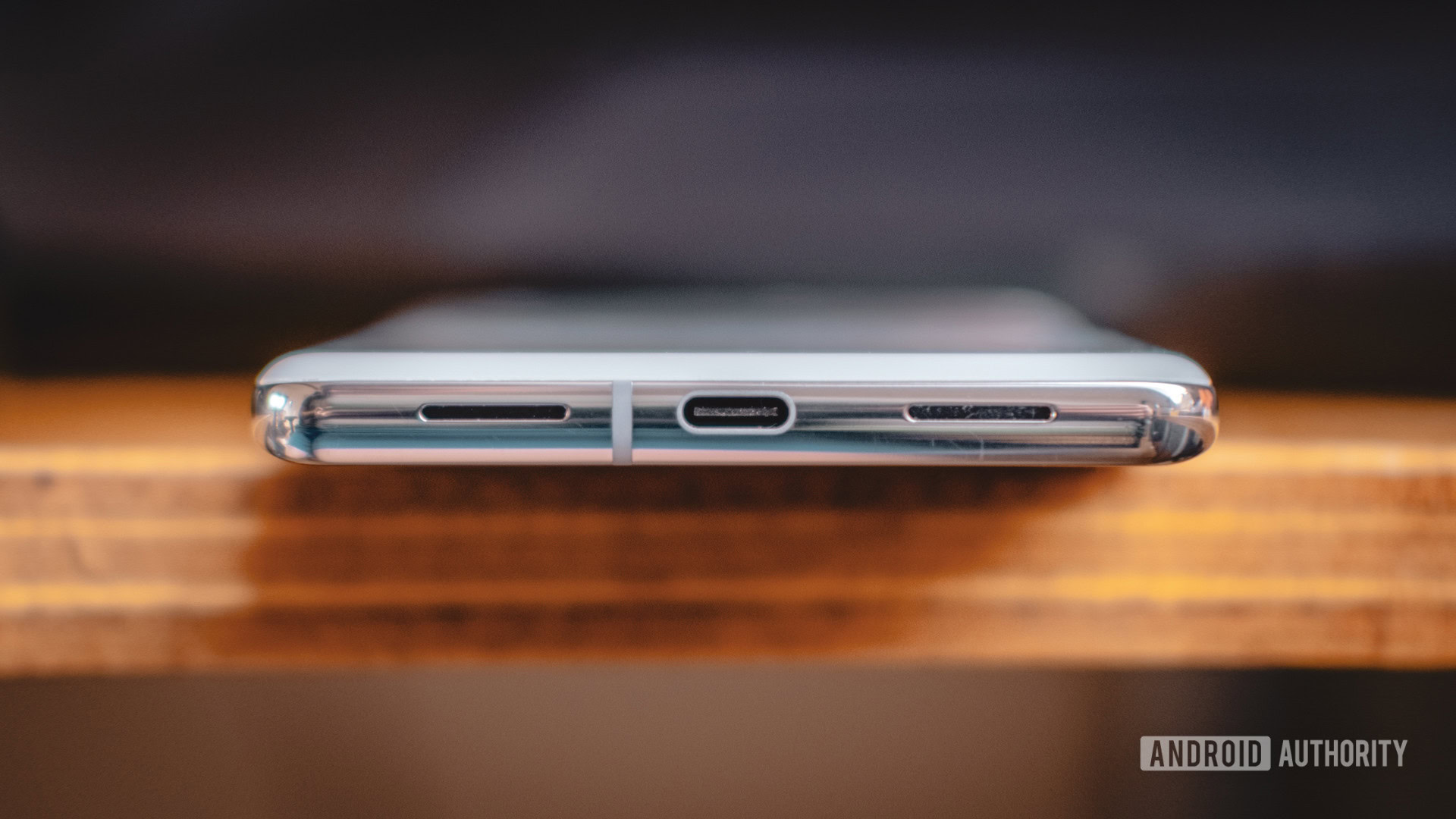
Before we delve into the problems with USB-C, it’s worth discussing the standard first. In a nutshell, USB-C is the first reversible USB connector and is a functional upgrade over its predecessors for that reason alone. As you’d expect, it’s now present on most computing devices, ranging from smartphones to laptops, as a replacement for the USB-A connector. You also find Type-C ports on a handful of portable electronics like electric toothbrushes, mini vacuum cleaners, and digital cameras.
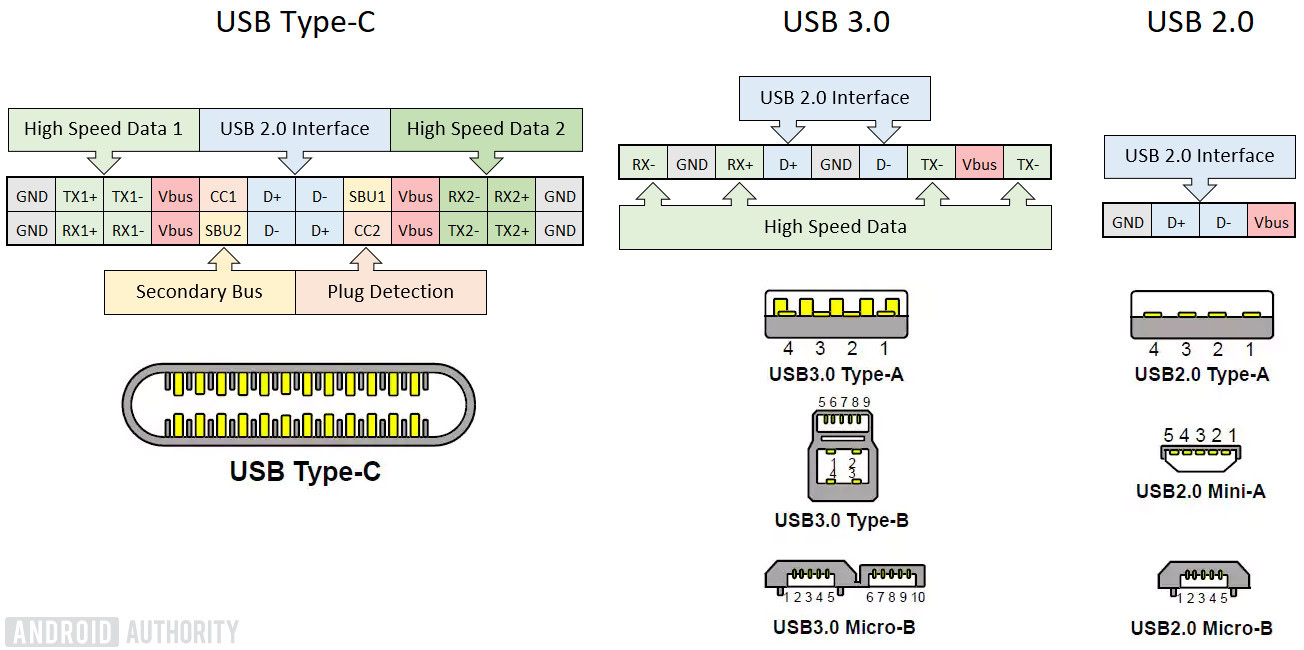
Compared to previous USB standards, the Type-C connector is not just reversible; it’s also fairly compact and extremely feature-rich. As you can see in the above diagram, your typical USB-C connector boasts far more pins than previous USB generations. The standard supports fast charging, data transfer, audio, 4K external display output, and much more. It’s also relatively cross-compatible, making it so that you can mostly get away with a single adapter and cable, at least for devices that don’t use a proprietary standard. Even Apple is onboard with its latest iPhone 15 series; dropping Lighting in favor of USB-C and making the latter the universal connector for smartphones.
USB-C is just the physical connector; it's the underlying standards that cause headaches.
However, USB-C is just the physical connector (with a few protocol requirements attached). What the port does depends on the underlying protocols supported over the physical hardware, including USB Power Delivery, Thunderbolt data, DisplayPort for external displays, USB4, and much more. But we’ll get to that later.
What’s changed over the past six years?
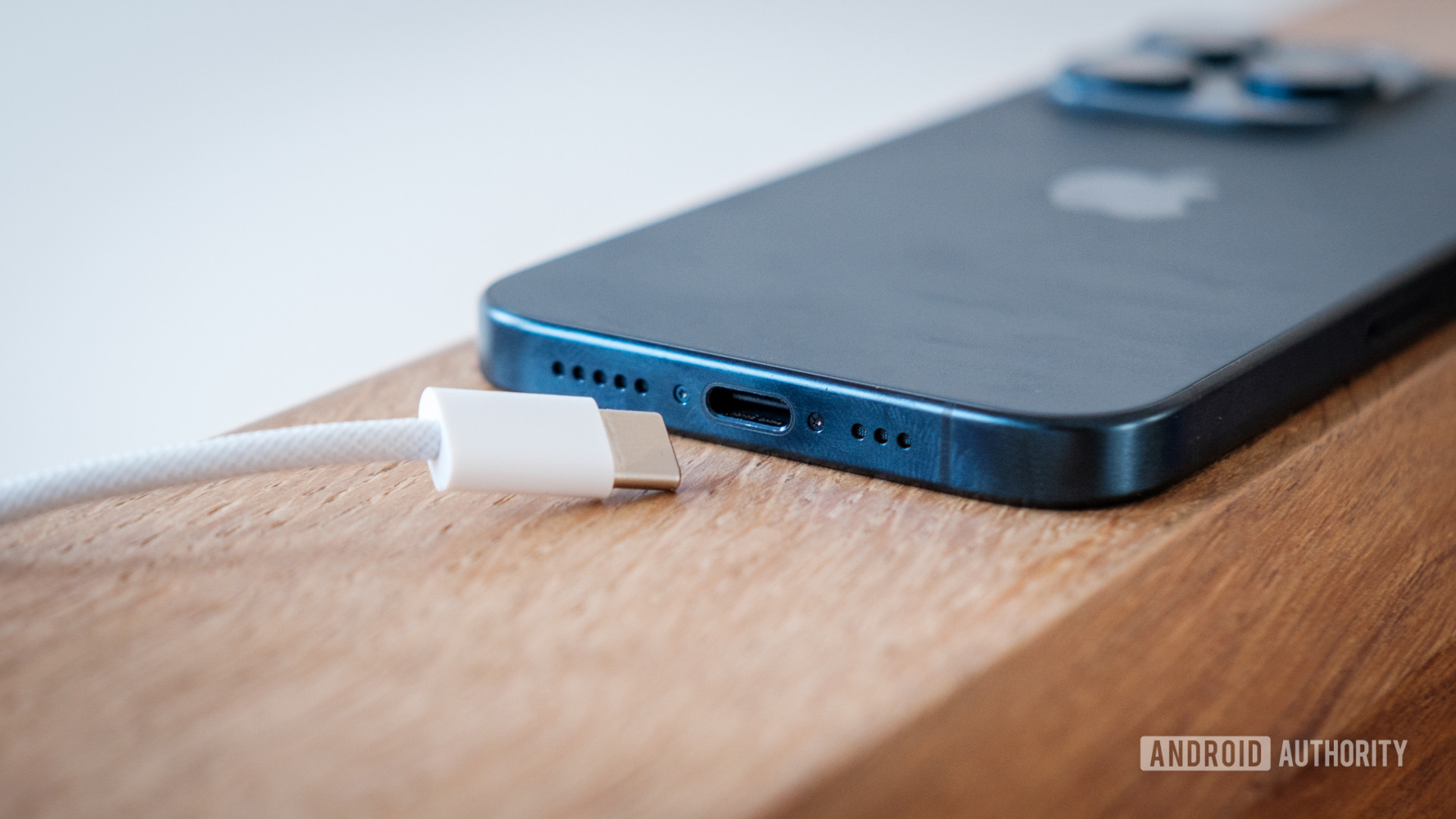
We’re now into our sixth year of resisting this topic, so let’s take a quick look back at how things have changed and even improved somewhat during that time.
Starting with the positives, USB-C is as close to a ubiquitous port as we’ve ever come, with older USB types taking a back seat on high-end devices and even most of the budget options you can buy these days. That trend is set to strengthen, as the EU Commission mandates that all new electronic devices must be powered via USB-C by the end of 2024. You can soon use all your gadgets with a single cable and charger, if you aren’t already.
Speaking of, USB Power Delivery over USB-C has become an almost universal charging standard in both the smartphone and laptop markets. Even phones that rely on proprietary fast-charging technology have mostly embraced it in some form, albeit at much lower power levels than their proprietary protocols. Unfortunately, as we’ll see throughout the article, USB-C charging implementations are still often far from comprehendible for most consumers, particularly with the addition of USB PD PPS. Few smartphone brands have mastered the flexible power modeling available with the new programmable standard, leaving many devices charging at a snail’s pace compared to their proprietary protocol brothers.
USB-C has successfully simplified device ports, cable types, and charging requirements.
USB-C ports are increasingly more numerous in the laptop space than older USB-A sockets. That’s a blessing and a curse, depending on how many of your accessories still use older ports. Dongle life has become mainstream but is now on a downward trajectory as USB-C permeates more and more products. Unfortunately, the black-box nature of USB-C means that there’s a growing discrepancy between various USB-C ports, on even a single laptop. Figuring out which port supports high-power, display port output, or ultra-fast data transfers necessitates laborious manual studying.
Overall, the picture is better than in the early days. That said, USB-C has morphed into its own mess, and it’s actually becoming worse in some regards.
Charging remains a lingering USB-C problem
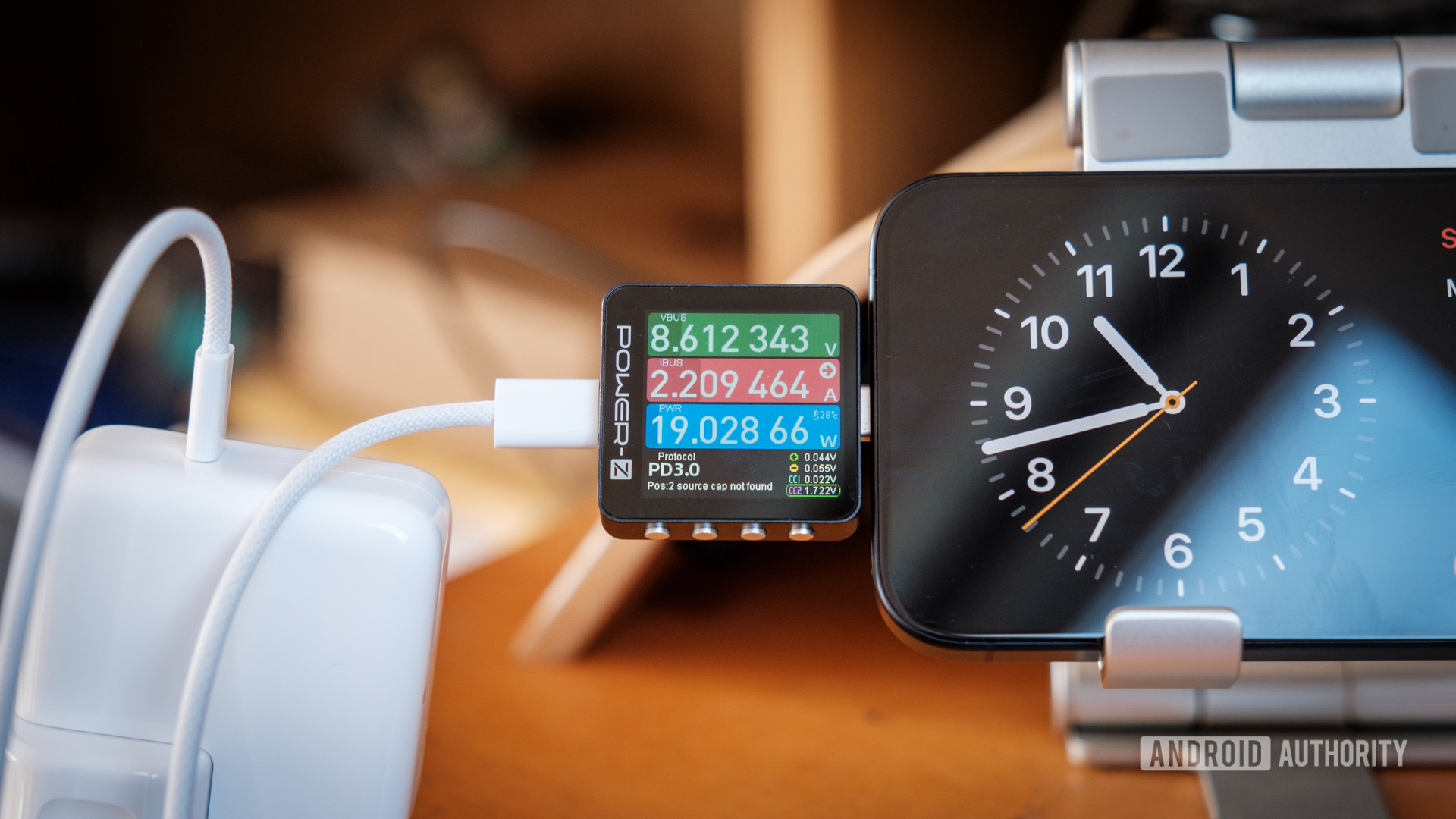
Charging remains a common frustration with the USB-C standard in its current form. While USB-C ensures the phone will charge in some form, it’s far from clear at a quick glance which chargers, cables, phones, and laptops play nicely together for optimum fast charging.
On the one hand, proprietary protocols still pervade Chinese handsets, with HONOR, OnePlus, Xiaomi, and others offering super high wattage and blazing fast charging times. Provided that you pair the phone with the correct charger and cable. However, these brands are notoriously slower to charge with more universal standards, often capped at 18W and below, sometimes falling all the way back to just 5W charging. There are occasional exceptions, but when you look at the full range of price segments, charging remains an issue despite the adoption of USB-C.
You’re fine as long as you remain in a single ecosystem, but start mixing and matching, and your smartphone could take several hours to charge on another brand’s plug. While some brands support universal charging standards from their plugs, this is the exception to the rule.
USB PD PPS adds another layer of confusion to consumer purchasing decisions.
USB Power Delivery is far more common among laptops and major Western smartphone brands, including Apple, Google, and Samsung. It’s here that you’re most likely to find charging harmony between gadgets, but there are lingering issues as well. For starters, there’s a big variation between charging power levels and speeds across smartphones, tablets, and laptops, even though they’re all using the same standard.
The introduction of the USB Power Delivery Programmable Power Supply (USB PD PPS) variant has certainly complicated things. For instance, we caught Google’s Pixel flagships playing fast and loose with charging power requirements, and the phones charge barely any quicker with a more expensive 30W USB PD PPS plug compared with an old 18W USB PD model. That’s bound to confuse consumers. Likewise, you’ll need a 45W USB PD PPS charger for Samsung’s recent Galaxy Ultra models, but the more affordable Galaxy S24 entries still use 25W. But in either case, you’re stuck at 15W if you don’t have a PPS plug, which takes hours to charge.
USB PD PPS should have been a significant step up for the industry, pairing the voltage flexibility previously only found in fast proprietary standards with the backward compatibility and mass adoption of the USB standard. The reality has been far more mixed, with very few brands leveraging the technology to its maximum benefit. ASUS, Google, and Samsung are the most notable brands that come to mind, while other phones using the protocol are comparatively slow to charge.
Thankfully, USB Power Delivery (mostly) operates as a solid fallback, ensuring that gadgets will charge above the basic 5W level declared by the USB-C port itself. However, picking out the optimal charger and cable for a specific phone still requires more effort than many consumers would expect from a port that claims to do it all.
USB-C data speeds have become even more confusing
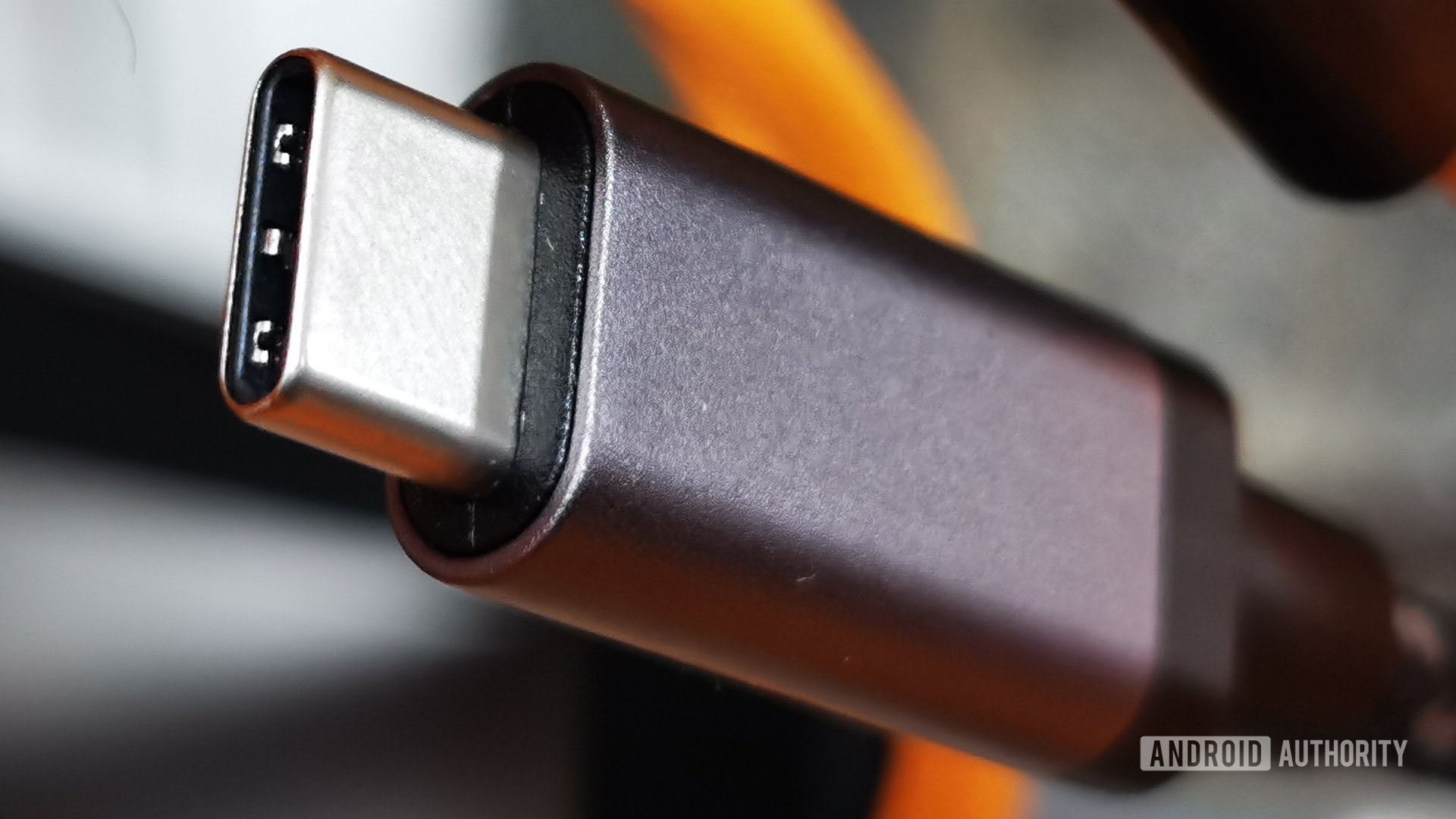
Charging is still overly complicated then, but it’s become even worse when looking at data transfer speeds. This isn’t technically the fault of USB-C, but rather that the USB IF continues to convolute the technologies supported over USB-C. While some ports are labeled, there’s not always an easy way to spot how fast your USB-C port is just by eyeballing it, and delving into the spec sheet is a guaranteed headache.
The latest USB data speed protocols are split into several standards. There are legacy USB 1.0 and 2.0, USB 3.0, USB 3.1, USB 3.2, and the latest USB 4.0, all of which can be supported over USB-C. Confusing enough, but these have since been revised and updated to include various sub-standards, which have encompassed USB 3.1 Gen 1, USB 3.1 Gen 2, and USB 3.2 Gen 2, along with the more recent USB 3.2 Gen 1×1, USB 3.2 Gen 1×2, and USB 3.2 Gen 2×2 revisions. Good luck deciphering the differences without a handbook. Hopefully, the graph below helps.
USB4 (not USB 4!), announced in 2019, promised to streamline the landscape and “minimize end-user confusion,” but it has already abjectly failed at that.
USB4 already boasts Gen 2×1, Gen 2×2, Gen 3×1, Gen 3×2, and Gen 4 variations, with data speeds ranging from 10 to 80 Gbps. That’s right, a late 2022 revision increased the standard’s peak speed from 40 to 80 Gbps with the introduction of USB4 Gen 4, but it now appears that the original spec falls under the Gen 3×2 moniker. There’s even an asymmetric version of USB4 Gen 4, which can hit 120Gbps but doesn’t follow the previous naming conventions, making it all the more opaque to users.
Frankly, USB 3.2 and USB4 are a complete mess.
Marketing names (such as USB 40Gbps) and associated logos are supposed to make all these options sound more consumer-friendly. However, cables and devices aren’t always labeled appropriately, and the limited branding doesn’t help with more advanced configurations.
Down the USB Alternate Mode rabbit hole
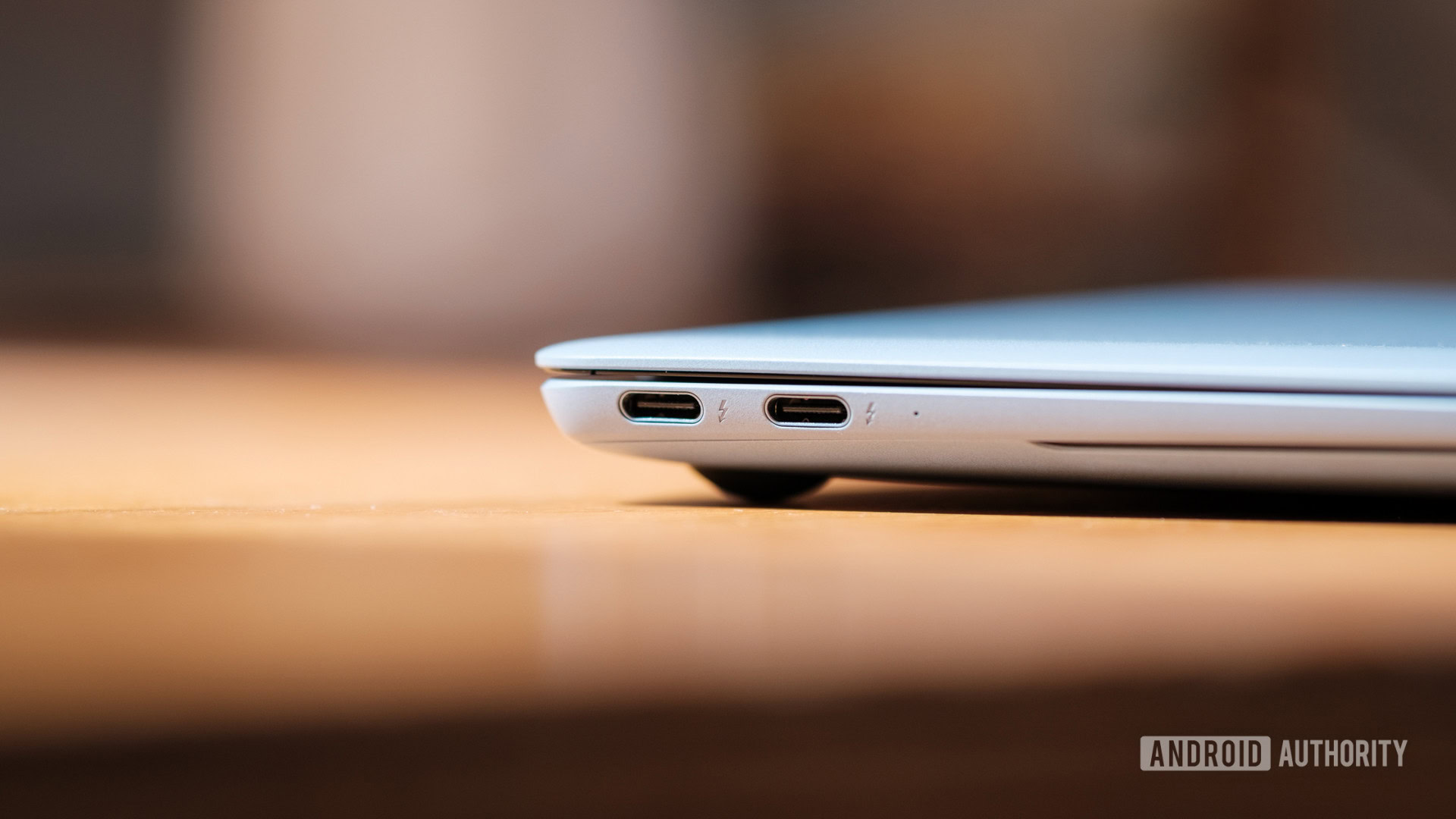
Devices and cables are just as problematic when it comes to supporting “Alternate Modes” and enhanced functionality. These include DisplayPort, MHL, HDMI, Ethernet, and audio functionality provided over the connector. While most of these fall under the USB-C specification rather than the port’s data speed specification, USB4 was again supposed to bring at least some level of unification to the port’s feature set.
USB4 is based on Thunderbolt 3 and aligned with the Thunderbolt 4 specification, thereby bundling in DisplayPort 2.0 tunneling support for up to two 4K or a single 8K display output, as well as PCI Express capabilities on hub devices. However, other USB-C alternative modes aren’t required. Of course, it doesn’t make sense to mandate these features on every device, but the sheer range of options opens the door to consumer frustration.
The big problem is that functionality a user might expect in a product isn’t necessarily provided. If a laptop is missing a traditional port, consumers may assume HDMI or Ethernet are supported over a USB-C port, but that might not be true. Even more frustratingly, functionality might only be restricted to specific Type-C ports on the device. You might have three ports, but only one offers your desired functions. While this is a manufacturer-side problem, the lack of a stricter standard fosters this opaque reality.
USB-C is compatible with lots of features, but whether a combination works if often a case of plug and pray.
Ultimately, USB-C makes functionality more opaque, not less. It claims to do everything, yet there’s still no guarantee a product will actually work with any of these features. USB4 hasn’t helped unify feature compatibility, and, if anything, the older USB 3.2 spec has become even more difficult for consumers to grasp. The sheer range of legacy devices and remaining optional standards means that USB-C port capabilities remain unknown at a glance. Even when more detailed information is available, and ports are correctly marked with the appropriate branding, making heads and tails of the various modes and jargon can be a lot of information for someone to digest when all they want is something that works.
Why the USB-C compatibility issues?
Even if you’ve lined all the ducks up, the wrong USB-C cable can throw a spanner in the works. For instance, those fancy 40Gbps and 80Gbps data speeds won’t work over long-distance cables, and you can’t hit 240W of power on a standard cable rated at just 3A. You’ll have to search out cables with the correct labeling and logo to ensure they support the features you want to connect.
The world of USB-A to USB-C adaptor cables is just as confusing, owing to legacy hardware. For example, USB 2.0 features just four-pin connectors for data and power, while 3.0 cables increase this to nine. USB-C to A cables, commonly used for charging, can come in 2.0, 3.0, and 3.1 varieties, affecting the amount of data and power they can handle. If you’re looking for fast data speeds or other features support, you’ll have to plug in a nine-pin cable. However, some proprietary charging standards prefer the old four-pin cables with high current ratings, which often break official specifications.
Cable quality, rating, and length affect the features available over a USB-C port. Some cables even breach the standard!
As we alluded to earlier, the introduction of high-speed data and real-time video transfer has introduced new problems. High-speed signals suffer from attenuation and clock jitter when transferred over long distances, meaning data can get lost along the way. To address this issue, USB cables can also come in passive or active varieties. Active cables include re-drivers to restore the signal amplitude and prevent a loss in signal quality over long distances. So long cables used for very high data speeds (such as sending 4K 60fps video or data over Thunderbolt) require active components in them, while basic charging and data transfers can get away with a standard passive cable that’s less than two meters long.
DisplayPort, MHL, HMDI, and Thunderbolt are supported via passive USB-C cables at less than two meters if they carry the “trident” SuperSpeed USB logo or less than one meter for SuperSpeed+ labeled cables. Active cables will be required for further distances, and you’ll have to look out for the Thunderbolt logo if you want 40Gbps speeds. Passive adapter cables to other USB types won’t support any of these modes.

Feature compatibility issues also involve the port and device in question, which can be configured for a wide selection of charging speeds, legacy standards, and alternate modes. USB-C is a more complex port than its predecessors, requiring substantially more software and hardware input to get things working correctly.
The starting point for USB-C products is the Power Delivery protocol. This isn’t just about charging; it’s also how the port communicates support for extra features like HDMI and DisplayPort by using the connector’s additional pins. Alternate Modes use the Power Delivery Structured Vendor Defined Message (VDM) to discover, configure, enter, or exit these modes. The bottom line is that if your device doesn’t support Power Delivery, it won’t support any of these other features either. Unfortunately, Power Delivery circuitry is more complicated and expensive than the barebones circuity, and the complexity scales up with the number of ports.
USB-C audio is basically dead as Bluetooth takes over.
Even so, this doesn’t mean every Power Delivery port or device will support every feature. It’s up to device manufacturers to include the necessary multiplexers and other ICs alongside the Power Delivery components and regular port connections to support Ethernet, display, and other Alternate Modes. The diagram below shows just some of the different component blocks required to scale up the feature set of just a single USB-C port.
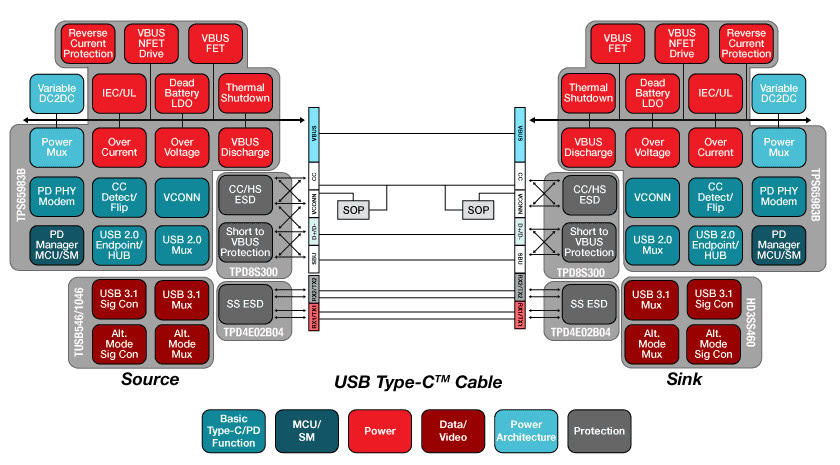
The port circuitry only becomes more complicated when products want to route and manage multiple signals, such as video or audio, to multiple USB ports. The signal routing becomes increasingly complex and expensive, so manufacturers restrict functionality to only one or two ports.
Even delivering power requires a complicated circuit with USB-C to accommodate the reversible connector type, the range of power options, and the choice between upward, downward, and bi-directional charging port and data options. To cut down on costs and complexity, not all USB-C ports sport everything.
USB-C is doomed to remain a mess
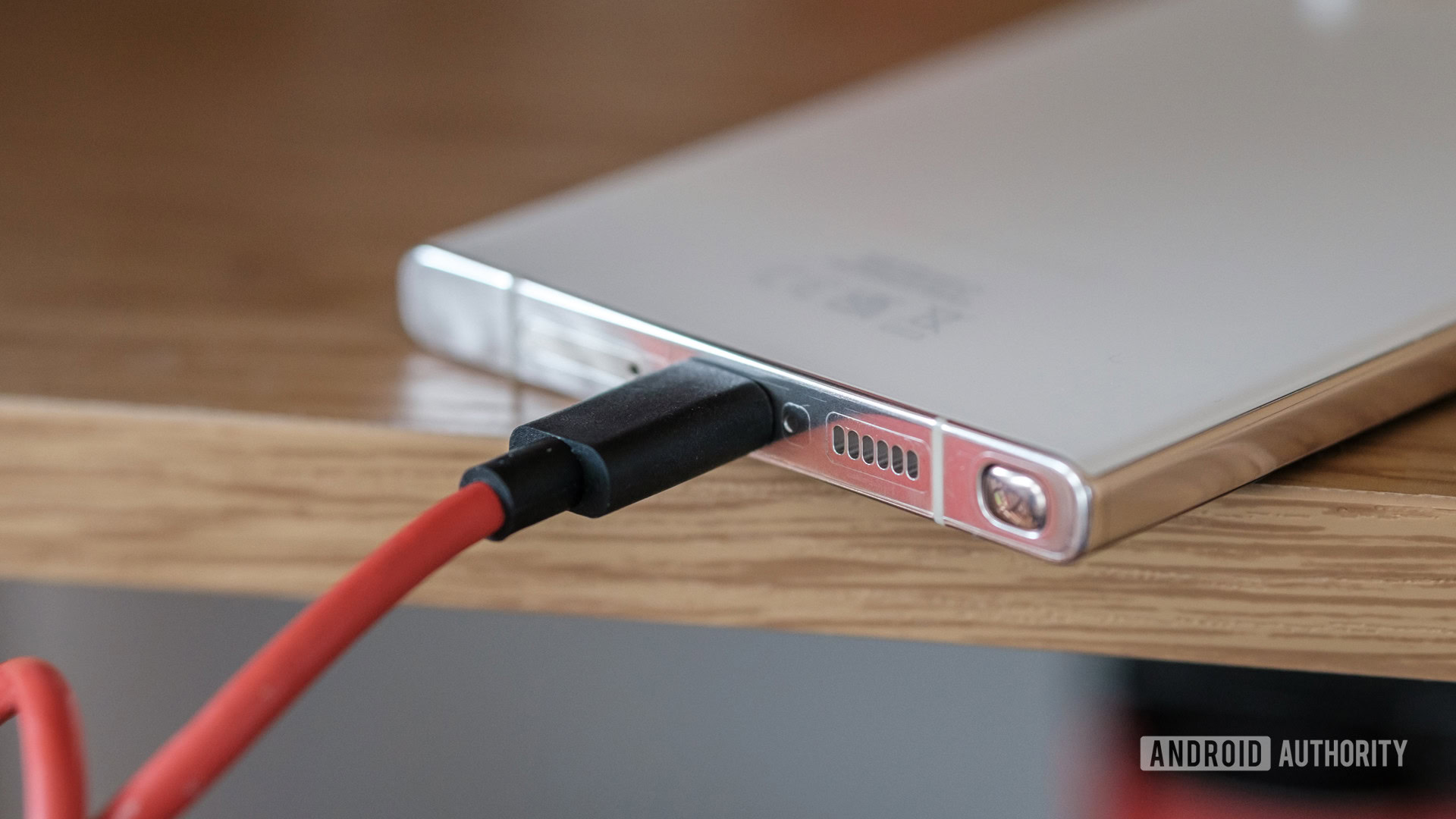
USB-C’s complexity has undoubtedly been its undoing. Although the idea of one cable to support everything sounds very useful, the reality has quickly become a convoluted combination of proprietary versus on-spec products, differing cable qualities and capabilities, and opaque feature support. The result is a standard that looks simple to use but quickly leads to consumer frustration as there is no clear indication as to why certain cables and features don’t work across devices.
Fortunately, high-end laptops are increasingly embracing the full potential of the USB-C specification, and Apple moving the iPhone over completes the smartphone set. Handsets have, by and large, embraced a shared charging standard, but the situation is still far from straightforward in many instances.
USB-C is a great connector spoilt by the sheer mess of technologies that run over the port.
Unfortunately, USB4 has done nothing to help unify the USB-C port. Better labeling could help consumers identify which cables and products support which features, but attempts to revamp the naming schemes and logos have only further alienated consumers from their applicability. Mandatory cable and port coloring, as was the case with USB 3.0 ports, could help, but kind of defeats the whole purpose of this one-size-fits-all solution.
Unfortunately, the USB-C ecosystem is just as convoluted in 2024 as it was when I first looked at this issue back in 2018, albeit in a different way. The announcement of USB PD PPS, USB 3.2, and USB 4 make the USB-C port more complex without giving the end-user clear information about what’s supported. While the growth in USB Power Delivery support is a good sign, the introduction of PPS has already hampered any hopes that the industry might soon coalesce around a single charging standard. The USB spec changes every year, making it impossible for consumers to keep up.